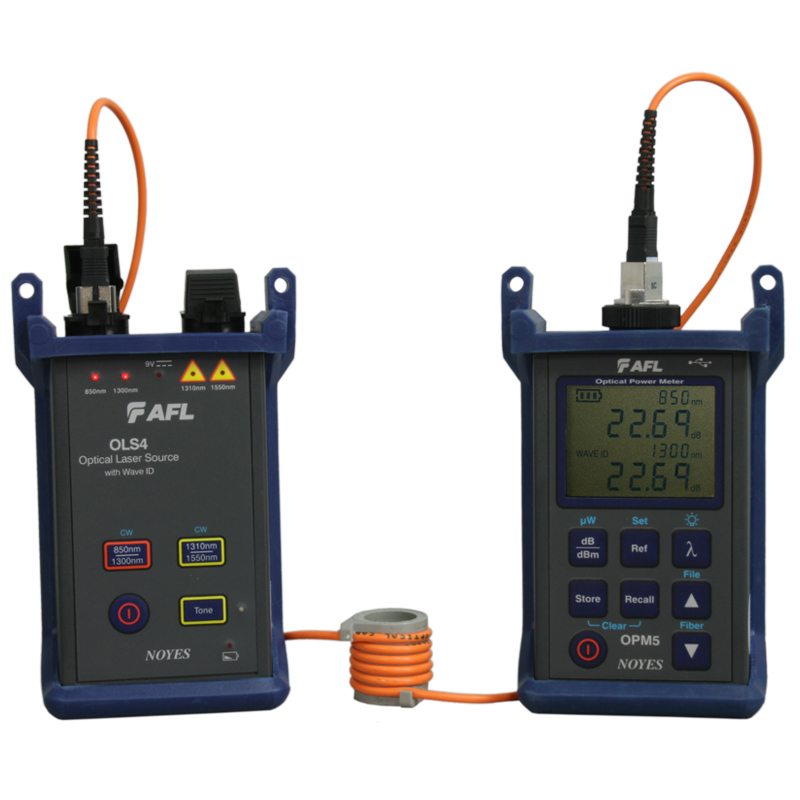The Function of Optical Fiber Testing in Ensuring Top Quality and Effectiveness in Connectivity Solutions
In today's quickly developing electronic landscape, the value of optical fibre testing can not be overstated, as it works as a keystone for making certain the quality and efficiency of connection remedies. By employing a series of screening methodologies, consisting of OTDR and loss analyses, companies can proactively recognize and alleviate prospective network concerns that might prevent efficiency. Moreover, routine screening not just straightens with sector standards but likewise leads the means for enhanced data transmission. Nonetheless, as technology continues to advance, the future of optical fibre screening poses intriguing difficulties and opportunities that merit closer assessment.
Importance of Optical Fiber Testing
The significance of optical fibre screening can not be overstated in making certain the honesty and efficiency of communication networks. As the backbone of modern-day telecoms, optical fibers facilitate high-speed information transmission, making their reliability critical to functional success. Evaluating works as a positive measure to recognize potential concerns such as signal loss, attenuation, and physical damages, which can compromise network efficiency.
Routine screening enables the confirmation of installation top quality and the discovery of problems that can impact data integrity - ofda. By utilizing rigorous testing protocols, network operators can reduce the threats connected with network failings, consisting of downtime and economic losses. Optical fiber screening guarantees conformity with sector standards and guidelines, boosting the general top quality of service supplied to end-users.
Eventually, the organized assessment of optical fibres adds to the long life and effectiveness of interaction systems. It makes it possible for stakeholders to make educated choices concerning upkeep, upgrades, and troubleshooting. In a landscape where data is significantly important, focusing on optical fibre screening is important to sustaining durable and reliable connection services, therefore supporting the demands of contemporary digital atmospheres.
Kinds Of Optical Fiber Examinations
Different screening techniques are used to guarantee the functionality and dependability of optical fibers within communication networks. These examinations can be generally classified right into two primary kinds: setup examinations and upkeep examinations.
Installment examinations are conducted quickly after the setup of optical fiber cables to verify their efficiency and honesty - fibre testing equipment. The most typical installation tests consist of Optical Time-Domain Reflectometry (OTDR) tests, which assess the top quality of the fibre by identifying mistakes or breaks, and end-to-end loss tests, which measure the complete optical loss from one end of the fiber to the other
Upkeep examinations, on the other hand, are executed regularly to ensure recurring efficiency and spot possible problems in time. These include aesthetic assessment, which checks for physical problems or inappropriate installations, and continuity tests, which verify that the signal can go through the fiber without interruption.
Furthermore, advanced examinations such as Polarization Mode Diffusion (PMD) and Chromatic Diffusion (CD) tests can be conducted to evaluate the fibre's performance under numerous problems. By employing these diverse screening approaches, specialists can keep high criteria of quality and integrity in optical fibre networks.
Benefits of Routine Checking
Normal screening of optical fibres plays a vital duty in maintaining the overall efficiency and integrity of communication networks. By performing routine analyses, organizations can make certain that their fibre optic installments satisfy sector standards and operate successfully. This positive strategy assists to identify possible weaknesses and degradation with time, enabling for timely treatments prior to problems escalate.

Cost-effectiveness is an additional benefit. By attending to small concerns early, companies can stay clear of the high prices linked with significant repair services or system failures. Normal screening additionally promotes compliance with regulatory needs, ensuring that the network sticks to essential safety and security and efficiency standards.
Usual Concerns Determined
Identifying common issues in optical fibre networks is vital for preserving optimum efficiency and dependability. Various factors can add to disturbances, consisting of physical damage, bad installment techniques, and ecological influences.
Physical damages, such as bends, breaks, or abrasions, can substantially weaken signal high quality. Incorrect installation strategies, consisting of too much tension or insufficient protecting of cords, might cause boosted attenuation and loss of connection. Additionally, environmental elements such as temperature level fluctuations, wetness ingress, and rodent interference can jeopardize the honesty of the fiber.
Adapter concerns additionally often emerge, with inappropriate alignment or contamination causing increased insertion loss. Splicing errors can introduce considerable signal degradation if not implemented with accuracy.

Addressing these typical issues via routine optical fibre screening not only enhances network reliability but also maximizes overall performance, ensuring that connection remedies continue to be durable and effective.
Future Fads in Evaluating
As the need for high-speed connectivity continues to climb, the future of optical fibre testing will increasingly concentrate on automation and progressed analytics. The assimilation of synthetic knowledge (AI) and equipment knowing (ML) in testing procedures will certainly allow more effective data analysis and predictive upkeep, decreasing downtime and improving total network reliability. Automated testing solutions will certainly improve the assessment and accreditation of fibre networks, lessening human error and boosting testing throughput.
One more significant trend is the fostering of remote testing technologies. As the implementation of fiber networks increases into remote and underserved locations, remote screening capacities will certainly allow specialists to keep track of and diagnose network conditions without physical visibility, thereby reducing operational expenses and improving feedback times.
In addition, there will certainly be a change towards even more extensive screening requirements that include not just standard loss measurements but also performance metrics such as latency and transmission capacity use. This alternative approach will assist in better network monitoring and optimization techniques.
As these trends evolve, the optical fiber testing landscape will certainly not only enhance the quality and efficiency of connectivity remedies but also support the expanding complexities of contemporary interaction more tips here networks.
Final Thought
In verdict, optical fiber screening offers as an essential component in keeping the stability and effectiveness of communication networks. The ongoing dedication to regular screening not only enhances data transmission but likewise lines up with industry standards, cultivating dependability in network infrastructures.